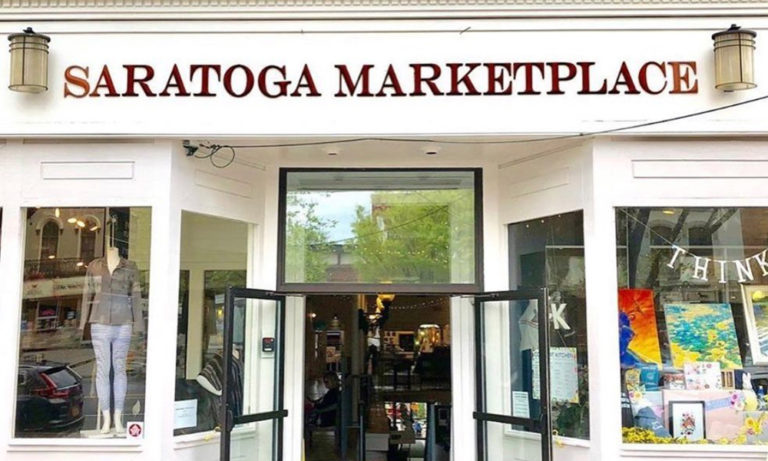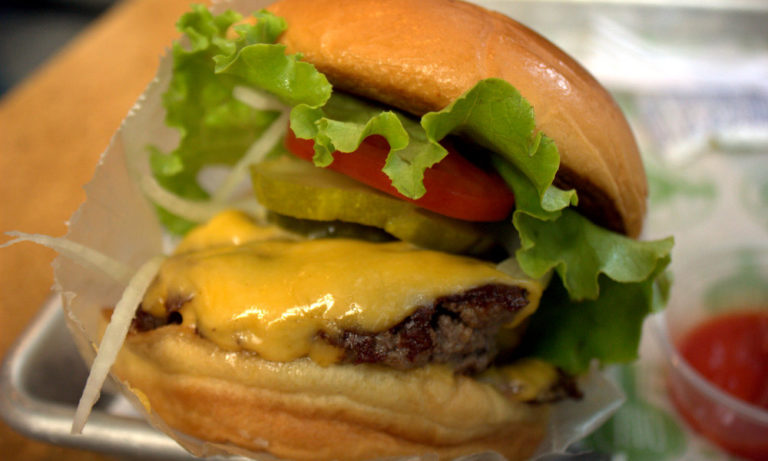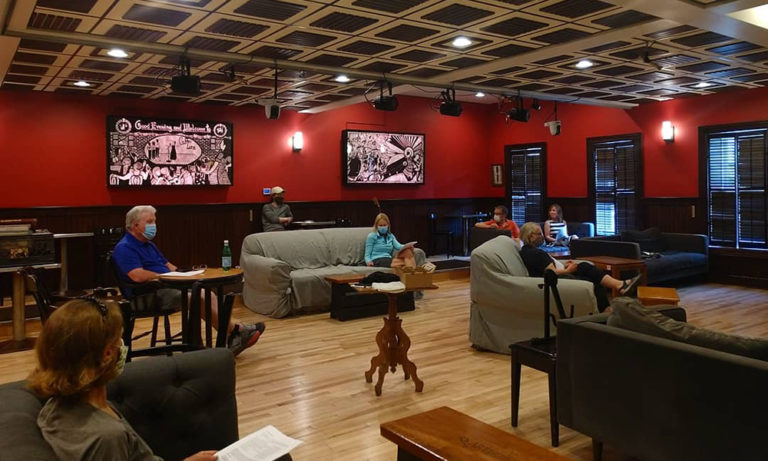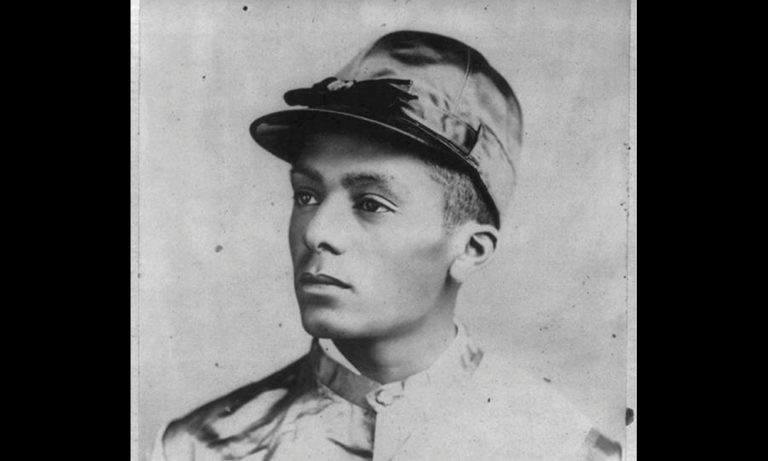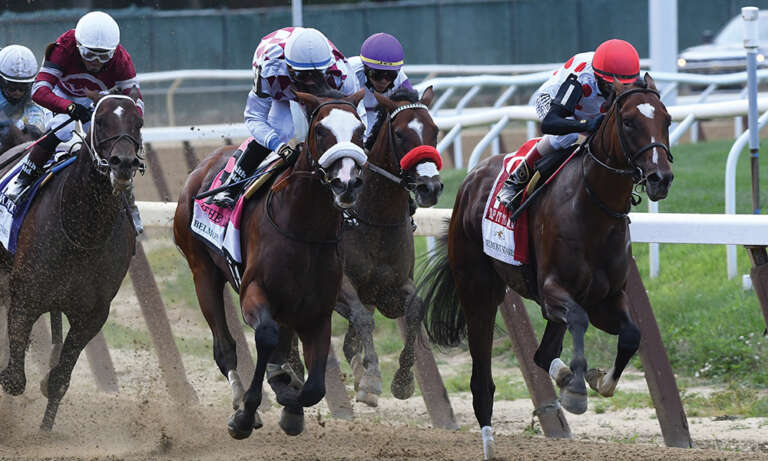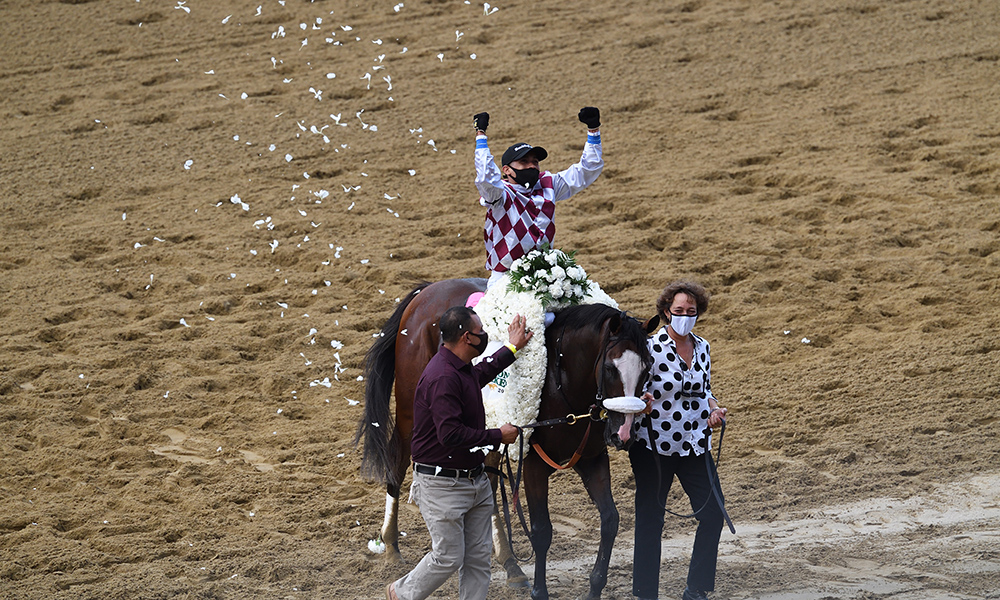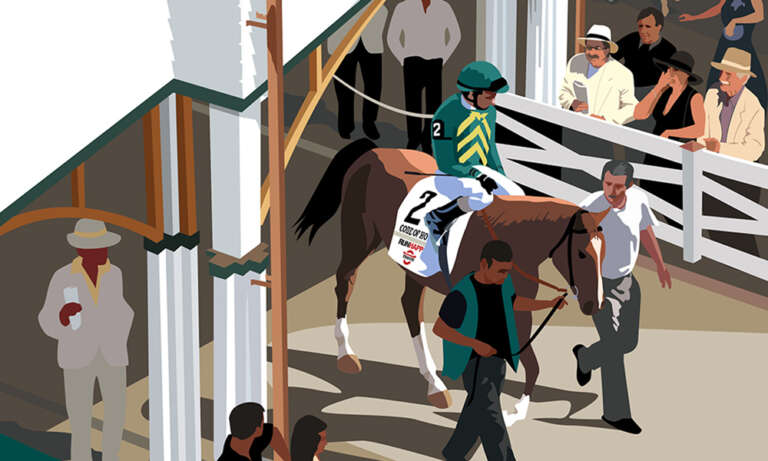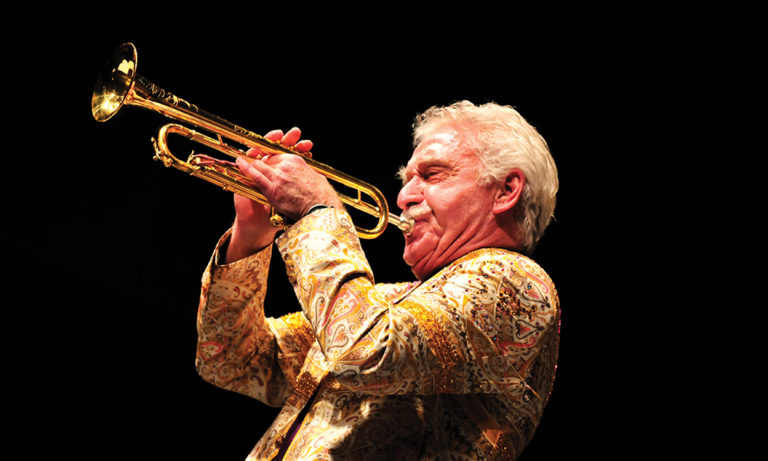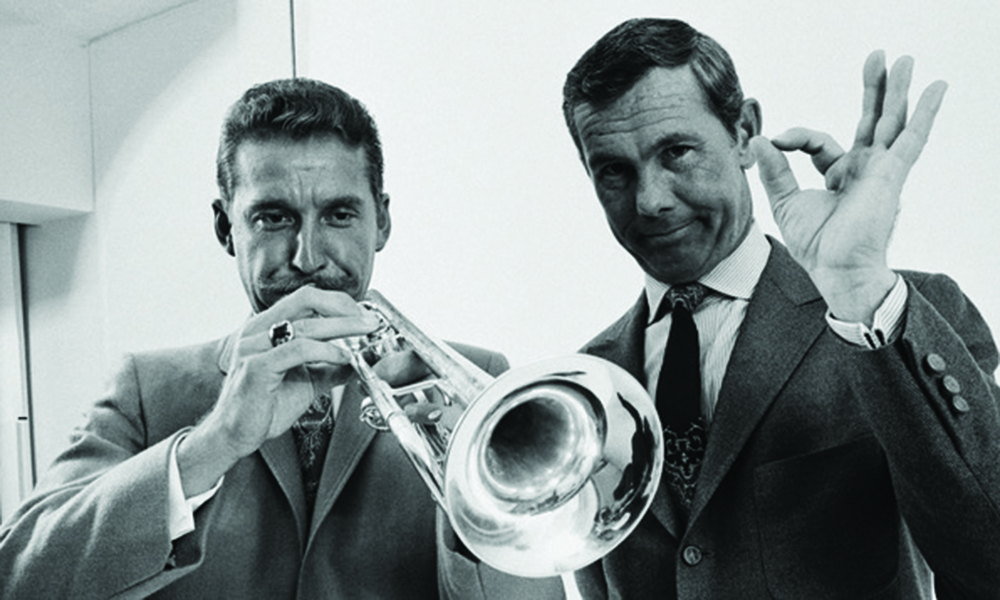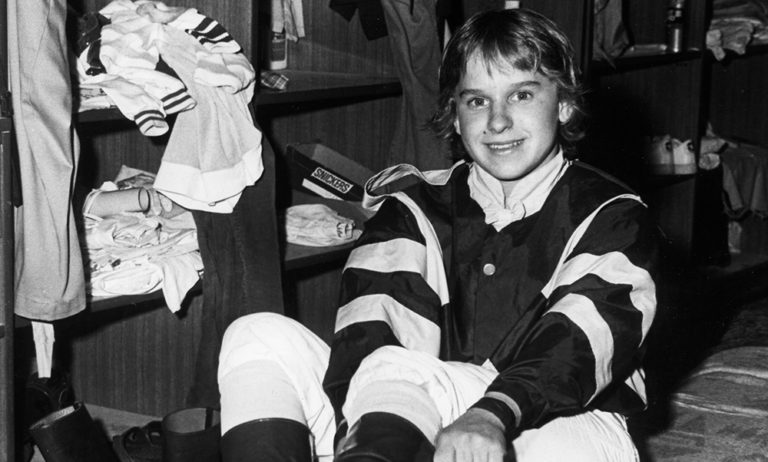Editor’s Note: This is part of an ongoing series that we’ll be publishing on saratogaliving.com under the heading “What’s Going On,” tackling subjects like the black experience, systemic racism, the Black Lives Matter movement and the recent spate of police brutality cases, among other topics. Read more about the series’ chrysalis here.
For our latest entry of the “What’s Going On” series, Saratoga Living had the opportunity to and pleasure of speaking at length with Professor Winston Grady-Willis, the inaugural director of Skidmore College’s Black Studies department and a professor at the college. Grady-Willis, who holds a BA in history from Columbia University, an MPS in Africana Studies from Cornell University and a PhD in history from Emory University, returned to the college this past fall after nearly a decade away—a hiatus that isn’t unrelated to the subject-matter of this series.
Grady-Willis departed Skidmore in 2011, in part, because of the college’s response to what he calls “the Compton’s incident,” a racially charged situation in which four Black and Latino Skidmore students were charged with assaulting a white Saratoga resident in Compton’s Restaurant in early 2011. Grady-Willis, along with three other members of the faculty, including his wife, Lisa, a theater professor, released a letter to Skidmore’s student body, saying that the four students had been “repeatedly misrepresented, continually marginalized and severely misunderstood in conjunction [with the alleged attack].” (One student eventually pleaded guilty to assault, while the other three were offered a deal to plead guilty to disorderly conduct.)
During his time away from the college, Professor Grady-Willis served as the inaugural director of the school of gender, race and nations at Portland State University, where he developed a new major in Indigenous Studies, helped propose a master’s program in Intersectional Social Justice and taught Black studies courses. He also served as chair of the Africana Studies department at the Metropolitan State University of Denver in Colorado.
Currently, Black Studies is only offered as a minor at Skidmore, but the importance of the program has only been reinforced by recent events, including the murder of George Floyd at the hands of a white police officer on Memorial Day and the ongoing protests, which have been occurring weekly in Saratoga since then. When Saratoga Living talked to Grady-Willis back in June, the Floyd murder was still front-and-center in the news cycle, as were the worldwide protests that developed afterwards. We wanted to get his reaction on these topics, and especially, how they related to (and would potentially be handled by) the Skidmore community in the coming months. Here he is in his own words (the interview has been edited lightly for clarity).
What was your first response when seeing the George Floyd video this past May?
Quite frankly, I was still trying to process the killing of Ahmaud Arbery in Brunswick, GA, as well as the killing of Breonna Taylor in Louisville, KY, so those events were already very much on my heart and mind. Honestly, when the videos surface, I don’t watch them—intentionally. Someone who I respect a lot, a performance poet and spoken-word artist, Dominique Christina, has often made the argument that these videotaped killings are almost a 21st-century way of watching a lynching and that it’s problematic. You usually don’t see footage of the killing of white individuals time and time again. [But] I did actually watch the footage of the killing of Ahmaud Arbery, and I did watch the footage, beginning to end, of what I believe was the murder, the lynching, of George Floyd. Just like so many folks, irrespective of racial or ethnic background, I was both angry and numb afterwards. And there’ve been so many instances of police-related deaths: I remember myself, as a college student in New York City in the late 1980s, going to protests. There was someone in Harlem named Ashanti Bartlett, who was a military veteran who was shot—this is a name very few people will know nationally now—and I remember going to that demonstration and others. Personally, I’ve had my own encounters; not nearly as wrenching as what we’re talking about, but [they’ve happened] back home in Denver, CO and in New York City. So this really resonates and speaks to the nature of this moment.
What do you think it is about this particular moment, about George Floyd, that made people finally start to take action?
Well, I think we have to first look at Minneapolis, specifically. There has been a history of police brutality in the Twin Cities for decades, with respect to the Black communities. Often what we hear about places like Minneapolis or Portland, OR, is how progressive politically the cities are. And in each case, there’s this tension between this really progressive ethos and on-the-ground activism, and this real connection to a white supremacist legacy—particularly with respect to policing. And so, for black folk—including the large immigrant and second-generation Somali communities in Minneapolis—this was really a final straw in a micro-sense, and more macro-sense as well. Just the sheer helplessness of this 6-foot-6 black man, this former athlete, who had been reduced to this fetal call for his mother. It’s such a wrenching moment.
This is the first time, that I can recall, not only heads of police departments nationally, but even some rank-and-file police offers said publicly that what took place was a murder. I’ve never seen that happen before. [And] I don’t think we can, in my opinion, lose sight of the fact that this particular killing took place within the larger context of these almost four years now of the Donald Trump presidency. There have been efforts not only to sidestep issues of race, but to really throw gasoline on the fire. When that happens, at the highest levels of government, there’s going to be a grassroots response. And I think that’s why the grassroots response has not only been so vehement, so strident, but also why it’s been so truly diverse—multigenerational and multiracial.
What are your thoughts on how Skidmore has addressed not only this tragedy, but also the subsequent nationwide protests?
I think the statements made by both faculty and students honoring and recognizing the moment are very important. But one thing that I keep stressing is that we have to not only look at the immediacy of the moment, but also at what our longterm commitments to challenging institutional racism look like, on both a personal and institutional level. What will the nature of the conversations be? Will they be superficial ones? Will they be substantive ones? For instance, are we as faculty members going to be willing to truly interrogate what we do in the classroom on a regular basis? Is what we’re doing—and, of course, this depends on the particular academic field, particularly those of us in the social sciences, humanities and arts—are we doing everything we possibly can to speak truth to power in the classroom? Do students of color feel welcome? Is there a baseline level of intellectual security for everybody in our spaces? For decades now, there’s been talk about diversity and inclusion among the administration, but to what extent does the rhetoric match the deliverables in terms of campus climate? In terms of honoring the bedrock importance of academic freedom, which is real. But to also be able to challenge individuals whose speech, whose interactions may be seen as really problematic and not lifting up Skidmore’s values. So there’s a lot of work that still has to be done.
What made you want to come back to Saratoga to head Skidmore’s Black Studies program? Also, why do you think a Black Studies department is essential, especially at Skidmore?
My connection to students [at Skidmore] has probably been stronger than any institution where I’ve worked. There are several students from our earlier years here that I’m still in contact with. Skidmore is a special place. The faculty-student relationship, the student-staff relationship at Skidmore is a special one. So, it’s really important, in this residential liberal arts context, for Black Studies to finally have a home.
Prior to the events of Memorial Day, a number of us had been saying Black Studies is important because it’s a real window, not only into global African experiences, but also because it provides a critical window for examining race, the realities of personal and also institutionalized racism in the US. Just being able to challenge students, to be challenged by students, to experience this set of epiphanies that take place throughout the semester [is important].
What do you hope students take away from the Black Studies course?
A key thing is for students to leave the Introduction to Black Studies experience with a real palpable sense of this dynamic connection between historical events and contemporary events. There’s always this interplay between the present and the past, the past and the present. Also students who take the course will hopefully be able to approach almost everything that we’re witnessing in this current moment with a critical lens and a sophistication of analysis that’s really needed now. The other [takeaway] I hope students [have] is an appreciation for just how intersectional black lives are; that black folk have never been monolithic, that we all have these intersectional identities. You’re not just talking about blackness, generally speaking. So it’s really important we talk about the significance of race, but we also have to talk about the significance of gender and the reality of patriarchy in this society. The reality of heterosexism, homophobia, the fact that socioeconomic class has always been important in talking about black communities, but it’s really never been more important than now.
Do you see Black Studies becoming a major at Skidmore someday?
I certainly hope so. I believe that Black Studies should be a major, but I also understand that there has to be demonstrated growth, demonstrated interest, and there also has to be, from the start, an analysis in terms of the way the courses are or are not meeting the learning objectives for the program. It’s not going to happen overnight.
How would you like to see both Skidmore and the Saratoga community improve in terms of diversity and inclusion?
There needs to be a commitment to getting the work done, but also a commitment to allowing individuals to make some mistakes, as long as there’s an understanding that folks are being sincere and are really willing to take up the work of challenging privilege in a number of different contexts. We also have to understand not just the importance of immediacy, but also of endurance of the discipline and integrity that are needed to do this long term. And finally, for Skidmore, I think we just have to remind ourselves to not only look at what we do individually, but also make a commitment to institutional ownership and responsibility moving forward. So that we finally get away from what’s happened at so many institutions in the past, where there’s been this emphasis on the superficial. How many students of color appear on a pamphlet, for instance, as opposed to real meaningful substantive work around curriculum, around campus climate. Also, just this ability to actually talk, to both agree and disagree with one another in ways that are ultimately affirming of humanity.


